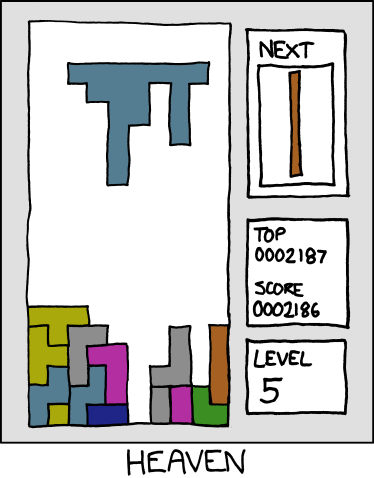Nature has a special edition out on the future of the PhD
I will admit that I have not read all of the articles/editorials, but in my sampling, I see they fall into the familiar and perhaps comfortable view that the sole purpose of a PhD is to get you a job in academia. My familiarity, of course, in physics, and perhaps things are different for the varied flavors of chemists and biologists (biology and life sciences are seeing the largest uptrend in degrees awarded), but only around a third of physics doctorates go into academia. I can’t seem to dredge up the statistics from historical data for physics (the keepers do not seem to have committed it to being readily available online, or perhaps my Google-fu just sucks ATM) but I suspect this has been true for a while; research professors have been churning out multiple graduates for a number of years. If academia were the only market, a professor would be limited to two or three: his/her replacement, and one or two for institutions that do not have graduate students. The data from 1990-2206(pdf alert) for all STEM fields in OECD countries shows that it’s around half for the US and perhaps a little larger in that grouping; it varies by country. But the notion that a STEM PhD necessarily leads to an academic position is a fiction perpetuated and persists within the community.
One also might wonder, in the US, why we issue H-1B visas to bring in people with PhDs, if there is this glut of people with doctorates on the market.

